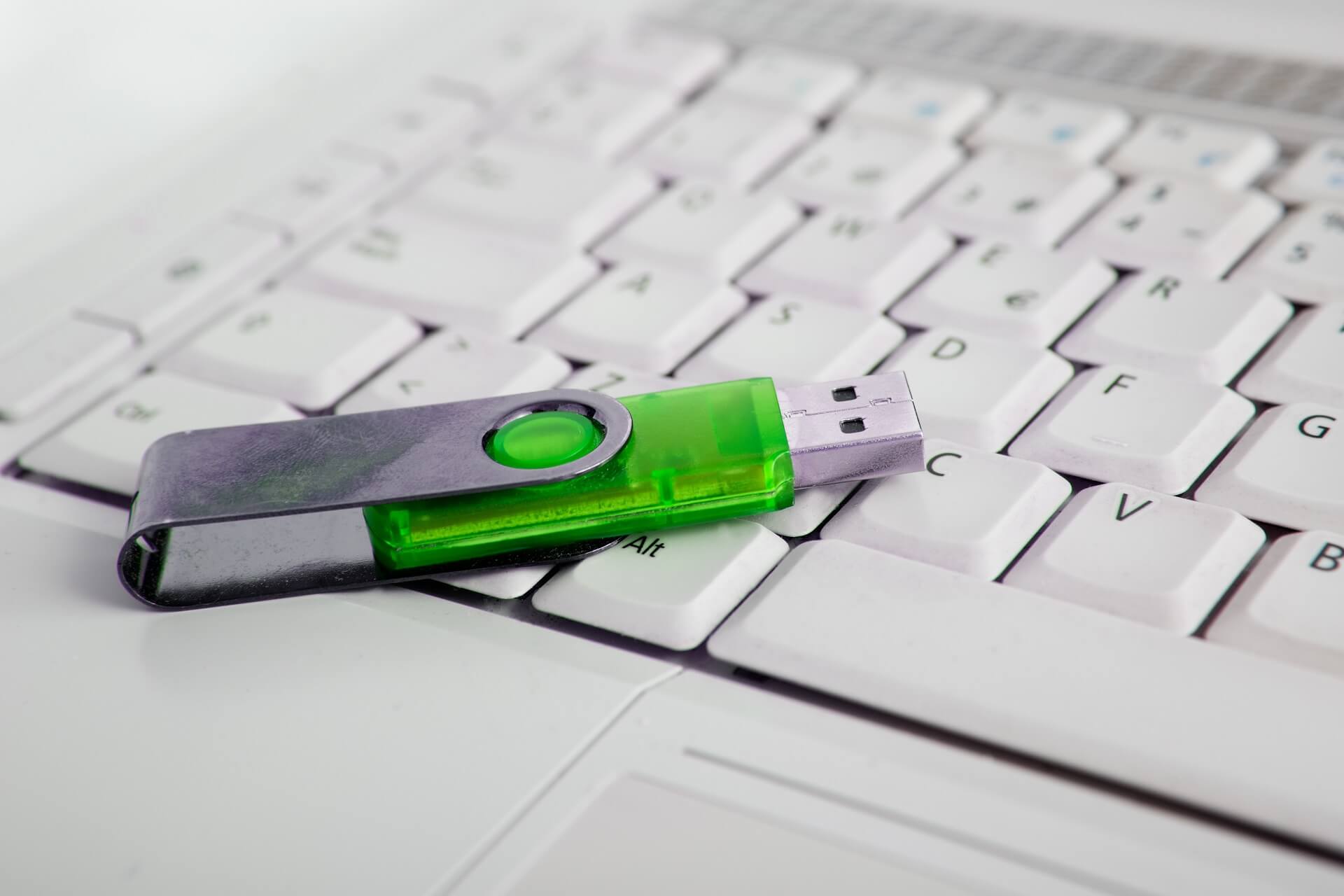
Sudo /Applications/Install\ OS\ X\ Mavericks.app/Contents/Resources/createinstallmedia -volume /Volumes/FlashInstaller -applicationpath /Applications/Install\ OS\ X\ Mavericks. DiskMaker X (formerly Lion DiskMaker) is an application built with AppleScript that you can use with many versions of OS X/macOS to build a bootable drive. Sudo /Applications/Install\ OS\ X\ Yosemite.app/Contents/Resources/createinstallmedia -volume /Volumes/FlashInstaller -applicationpath /Applications/Install\ OS\ X\ Yosemite.app -nointeraction Sudo /Applications/Install\ OS\ X\ El\ Capitan.app/Contents/Resources/createinstallmedia -volume /Volumes/FlashInstaller -applicationpath /Applications/Install\ OS\ X\ El\ Capitan.app

Sudo /Applications/Install\ macOS\ High\ Sierra.app/Contents/Resources/createinstallmedia -volume /Volumes/FlashInstaller
How to make a usb drive bootable on mac password#
Enter your Apple ID and password if asked.This may take up between 10 and 60 minutes, depending on your Internet connection speed.
How to make a usb drive bootable on mac install#
Download Mountain Lion to create bootable USB Install Media. Look for OS X Mountain Lion, hold down the Option key and click Download. Sudo /Applications/Install\ macOS\ Mojave.app/Contents/Resources/createinstallmedia -volume /Volumes/FlashInstaller Launch App Store, and go to the Purchases tab. Sudo /Applications/Install\ macOS\ Catalina.app/Contents/Resources/createinstallmedia -volume /Volumes/FlashInstaller The macOS 10. Follow the instructions on the screen in the macOS installer window. A USB 3.0 drive will make things significantly faster, but an older USB 2.0 drive will work in a pinch. Type the following command and hit Enter: dmg2img sourcefile.dmg destinationfile.iso Step 3. Open File Explorer and go to the folder containing the DMG2IMG program, then right-click and select 'Open command windows here.' Step 2.

Select the bootable USB drive and click Continue. Download DMG2IMG and install it in your Windows PC. Switch on your Mac and hold the power button till the Startup Options window appears, showing bootable volumes. Note that they use the example name FlashInstaller for our USB drive, so if you named your drive something else, use that name. Plugin the bootable USB installer drive into your Mac system. In the Terminal window that opens, enter one of the following commands, depending on which OS X or macOS installer you're working with. Alternatively, enter Terminal into Spotlight Search to quickly start up the utility.


 0 kommentar(er)
0 kommentar(er)
